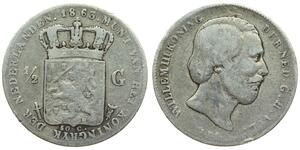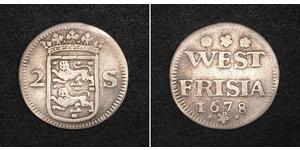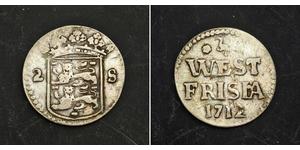(продана за $255.0)
1620, Austrian States, Trautson, Paul Sixtuis I. Silver Thaler Coin. Very Rare! Mint Year: 1620 Denomination: Thaler Mint Place: Falkenstein Ruler: Paul Sixtus, Count of Trautson Reference: Davenport 3425, Donebauer 3950, KM-9. RR! Condition: Minor planchet imperfections (as made, caused by a casting bubble during the preparing of the planchet of this early hammered thaler type), otherwise XF! Weight: 28.56gm Diameter: 43mm Material: Silver Obverse: Draped bust of Paul Sixtus, wearing Toison d'Or around neck. Bow knot on shoulder. Legend: PAVLVS . SIXTVS . TR (privy mark: horse-shoe) AVTHSON . COMES * Reverse: Crowned coat-of-arms within Collar of the Order of the Golden Fleece, surmounted by crowned double-headed eagle with wings displayed. Legend: IN . FALKENSTEIN - AVREI . VELLEQVES Comment: Date (16-ZO) split in fields. Trautson was an old Tyrolean family, that traced its lineage back to 1134. In Baron (later Count) of Trautson purcheased Castle Falkenstein (lit. Castle Falcon Stone) from Emperor Maximilian II. During the reign of Count Paul Sixtus I (1589-1621), who was Imperial Governor of Tyrol, the mint right was given to this house. The Trautson family held high imperial offices until 1775 when the house passed to Auersperg. The Castle Falkenstein Castle Ruin (de. Burg Falkenstein, lit. Castle Falcon Stone) is located in the Weinviertel region of Lower Austria, about 55 km north of Vienna near the border to Czech Republic. The history of the castle from the 11th century is as old as the settlement of the region. It was founded around 1050 by Emperor Henry III. 1106 Leopold III, Margrave of Austria purchased the castle, from then on it was owned by the rulers of Austria. 1572 Maximilian II sold Falkenstein to the Baron (later Count) of Trautson. In 1645, in the last period of the Thirty Years' War Falkenstein was conquered by Swedish forces, but not destroyed. Its decay began at the end of the 17th century, when the castle was dismantled by the owners themselves for re-use of the material. During the summer-season the inner ward becomes an impressive place for medieval feasts and theatre plays.
читати далі
Ціна

|
Добавив:
anonymous 2015-07-28 |
Similar Coin Groups
2025-05-29
- Нова монета додана до 50 Цент / 1/2 Гульден Королівство Нідерланди (1815 - ) Срібл ...
50 Цент / 1/2 Гульден Королівство Нідерланди (1815 - ) Срібл ...
в групі 13 монет / 13 цін
⇑
Netherlands - Gulden 1863 - Silver
2025-05-24
- Нова монета додана до 2 Stuiver Нідерланди Срібло
2 Stuiver Нідерланди Срібло
в групі 2 монет / 2 цін
⇑
1712, Netherlands, West Friesland. Silver 2 Stuivers (Double Wappenstuiver) Coin. Condition: VF+ Mint Year: 1712 Province: Holland Reference: KM-106.1. Denomination: 2 Stuivers (Doub ...
Можливо, Вас зацікавить...

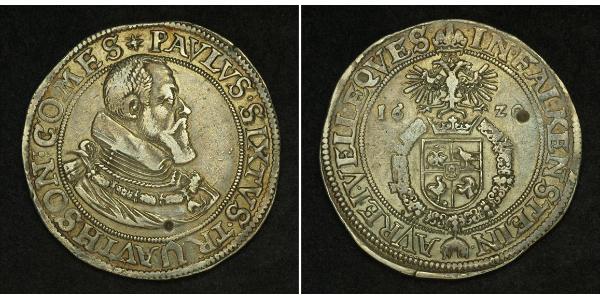







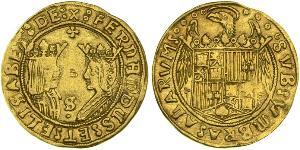

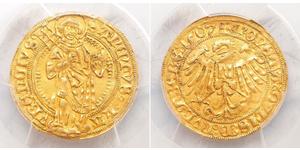
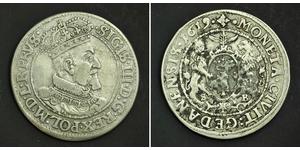

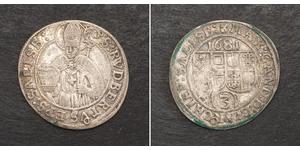
-300-150-IHcKbzbizFcAAAFRpvtauxkd.jpg)
